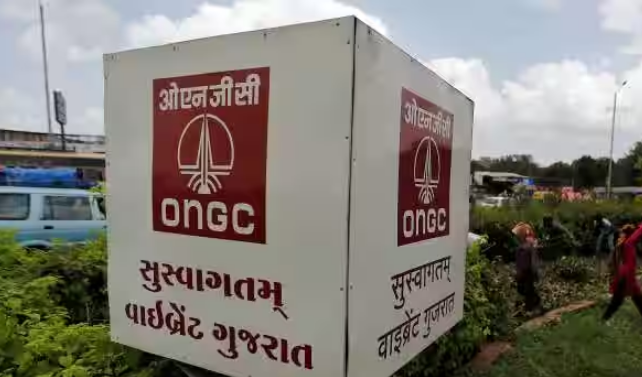According to the company’s chairman Arun Kumar Singh, it would invest Rs 1 lakh crore by 2030 in the construction of 10 gigawatts of renewable energy capacity, a green ammonia factory, and offshore wind energy projects.
According to ONGC’s chairman Arun Kumar Singh, the government-owned company would invest roughly Rs 2 lakh billion to achieve carbon neutrality by 2038. According to him, the company would invest Rs 1 lakh crore by 2030 in offshore wind energy projects, a green ammonia factory, and 10 gigawatts of renewable energy capacity. In order to attain Scope 1 and 2 net zero carbon emissions, the remaining would flow after that. While doing so, it keeps searching for and producing additional oil and gas.

It’s not a ‘or’ approach. It is a narrative with a “and.” According to him, ONGC would keep funding both energy transition initiatives and oil and gas exploration and production. The business will go after both at once. He claimed that ONGC has the strength and resources to do both.

One of the main sources of energy is crude oil, which businesses like ONGC extract from subterranean reserves and the seabed. In oil refineries, it is processed to create jet fuel, diesel, and gasoline. Companies all around the world are exploring for innovative ways to use crude oil as the world looks to move away from fossil fuels.

Detergents, fibers (polyester, nylon, acrylic, etc.), polythene, and other man-made plastics are all produced using petrochemicals, which are chemical compounds obtained from crude oil.
With the use of crude oil-to-chemicals (COTC) technology, crude oil may be directly transformed into high-value chemical products rather than conventional transportation fuels.

In 2022–2023, ONGC produced 19.584 million tonnes (MT) more oil than the 19.545 MT produced the year prior. The output is anticipated to increase to 21.265 MT in 2024–2025 and 20.232 MT in the current year (April 2023–March 2024). From 20.636 billion cubic meters (bcm) in 2022–2023 to 20.882 bcm in 2023–2024, 22.171 bcm the following year, and 23.708 bcm in 2025–2026, the natural gas output is expected to increase.




































